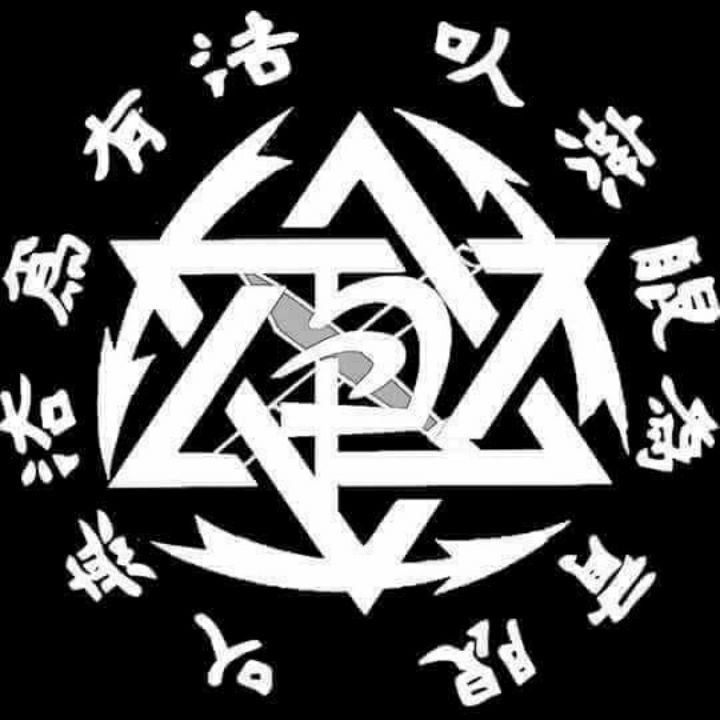Understanding Strengths and Weaknesses of various Martial Arts through the Lense of JKD
- Sifu Jeramiah Giehl

- Jun 30, 2024
- 2 min read
In Larry Hartsell's book, "Entering to Trapping to Grappling," a profound exploration of the strengths and weaknesses of various martial arts unfolds. This approach mirrors Bruce Lee's philosophy, emphasizing the importance of understanding different arts to forge a superior martial discipline.
The Complexity of JKD and Its Relation to Other Arts
In the realm of Jeet Kune Do (JKD), the study of strengths and weaknesses extends beyond a mere acknowledgement.
Personal Reflections on Selected Arts:
1. Boxing:
- Integral to JKD, boxing fundamentals are crucial despite JKD's non-telegraphic structure.
- Economical JKD structure counters boxing, utilizing kicking, trapping, and grappling.
2. Savate:
- Appreciation for mobility, nimbleness, and the integration of boxing and kicking.
- Trapping and grappling strategies counter the nimble Savate fighter.
3. Muay Thai:
- Admiration for powerful kicks, elbows, and knees.
- Evading kicks, trapping, and transitioning to takedowns counters Muay Thai strengths.
4. Judo:
- Applauding throws' application against resisting opponents.
- Countering Judo with kicks, boxing, trapping, or ground and pound, depending on the school.
5. Jujitsu:
- Acknowledging solid ground game with control and submissions.
- Kicking, boxing, and trapping to counter, avoiding grappling unless highly skilled.
6. Wing Chun:
- Valuing close-quarters trapping but acknowledging its criticism in full-contact scenarios.
- Maintaining kicking range and using long-range boxing and grappling counters Wing Chun.
7. Silat:
- Appreciating sweeps but recognizing the lack of pressure testing.
- Solid application of kickboxing and grappling as counters to Silat.
8. Aikido:
- Recognizing wrist locks and Tai Sabaki, the art of fighting without fighting.
- Countering Aikido with punching and maintaining a traditional boxing/MMA style format.
Understanding the Core Principle: The Practitioner Matters Most
The functionality of any art is inherently linked to the individual practicing it.
Bruce Lee's Vision: A Superior Martial Art
For Bruce Lee, studying strengths and weaknesses was not about diluting JKD but refining it. By pressure testing JKD against various arts, he aimed to keep it functional, responsive, and relevant, evolving beyond the confines of the 1960s martial arts landscape.
Pressure Testing Through Sparring: A Crucial Aspect
The essence of JKD lies in its adaptability against practitioners of different arts. Pressure testing through sparring becomes imperative to ensure the applicability and relevance of JKD in contemporary scenarios.
Conclusion: Harmonizing JKD with Diverse Disciplines
In essence, the study of strengths and weaknesses encapsulates Bruce Lee's vision of JKD as a superior martial art. It's not about abandoning the core principles of JKD but enhancing its adaptability through a nuanced understanding of other arts. The goal is not to dilute JKD but to fortify its relevance and functionality in the ever-evolving landscape of martial arts.
Embrace JKD with Wisdom: A Journey of Continuous Refinement
In conclusion, studying strengths and weaknesses in the context of JKD is not a departure from the art's essence but a method of continuous refinement. By integrating lessons from diverse martial arts, practitioners can fortify their understanding of JKD, ensuring its efficacy and adaptability in the dynamic world of combat sports.

Comments